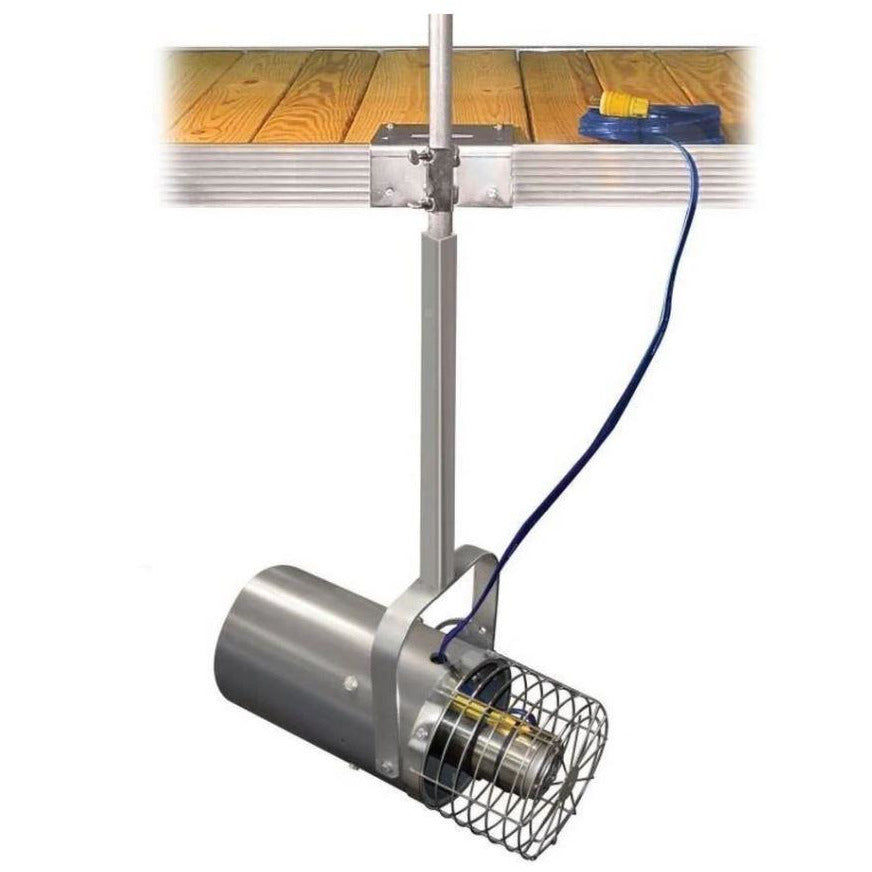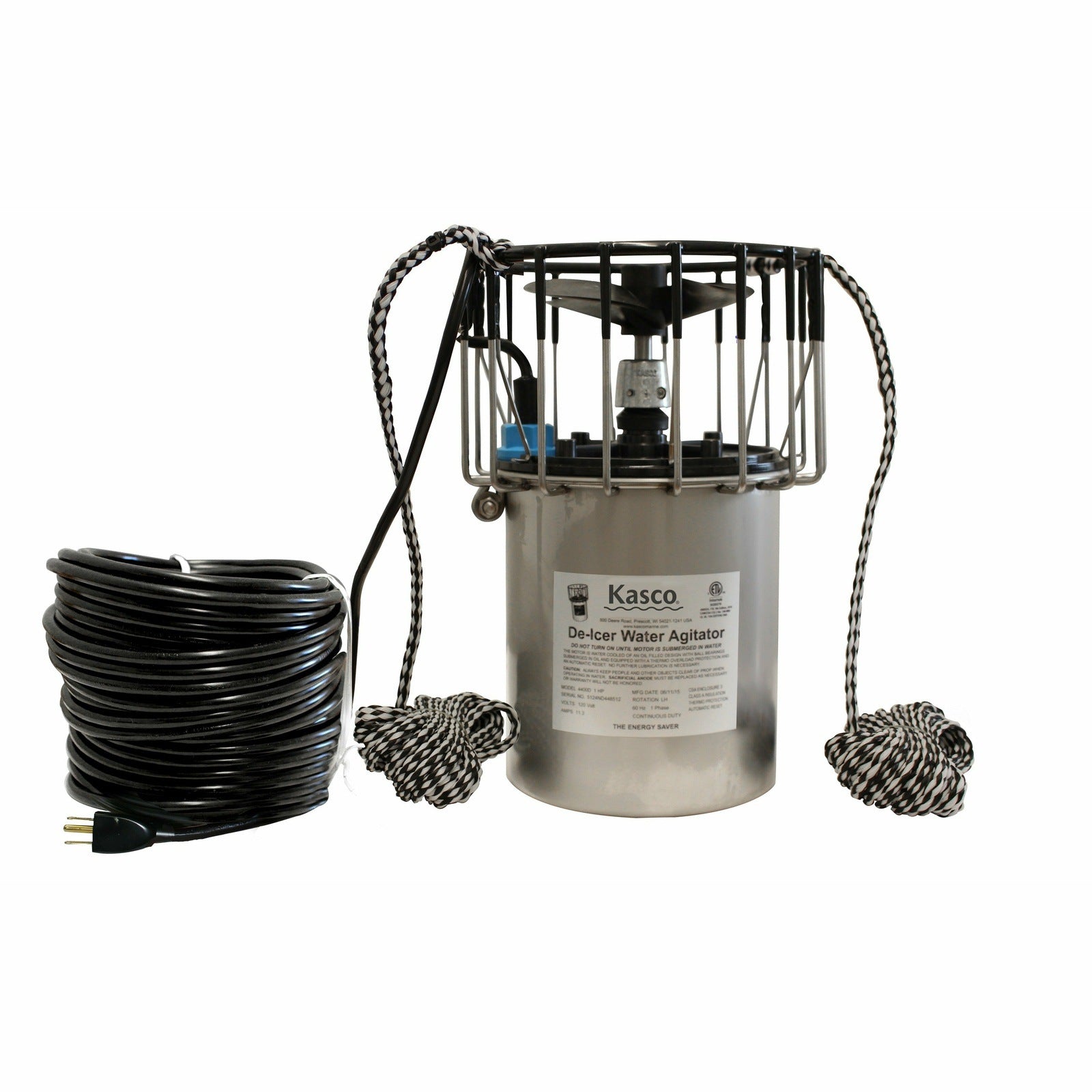Oxygenating pond plants are a vital component of a healthy and balanced aquatic ecosystem. These plants, also known as submerged plants or oxygenators, play a crucial role in maintaining water quality by releasing oxygen and absorbing excess nutrients. In addition to their functional benefits, oxygenating pond plants also add beauty and visual interest to ponds, creating a serene and natural ambiance. Whether you have a small backyard pond or a large water feature, understanding the importance of oxygenating pond plants and selecting the right species can greatly enhance the overall health of your pond. In this blog, we will explore the benefits, top plant choices, maintenance tips, and the role of these plants in creating a harmonious and beautiful pond environment.
Importance of Oxygen in a Pond
Just like we need oxygen to survive, so do the plants and creatures living in your pond. Oxygen is crucial for the survival of fish, beneficial bacteria, and other aquatic organisms. As water bodies can naturally become depleted of oxygen, especially during hot summer months or stagnant conditions, oxygenating pond plants come to the rescue. These plants perform a process called photosynthesis, where they absorb carbon dioxide and release oxygen, replenishing the air supply underwater and keeping oxygen levels in check.
Benefits of Oxygenating Pond Plants
Enhancing Water Quality
Oxygenating pond plants are like natural purifiers for your pond. As they photosynthesize, they remove excess nutrients, such as nitrates and phosphates, from the water. By doing so, they help prevent the buildup of algae, which can turn your pond into an unsightly green mess. Cleaner water not only looks better but also provides a healthier environment for your pond inhabitants.
Providing Oxygen for Fish and Wildlife
Fish and other aquatic organisms rely on dissolved oxygen in the water to survive. By producing oxygen through photosynthesis, oxygenating pond plants create a constant supply of this vital element. This is especially important during the night when other sources of oxygen are not available. So, if you want your finned and feathered friends to thrive in your pond, having oxygenating plants is a must.
Reducing Algae Growth
Algae can be a nuisance for any pond owner. Besides making your pond look less inviting, excessive algae growth can disrupt the natural balance of the ecosystem. Luckily, oxygenating pond plants act as natural competitors to algae. By absorbing nutrients and blocking out sunlight, they starve algae of the resources they need to take over your pond. So, if you dream of a clear and algae-free pond, these plants are your secret weapon.
Top Oxygenating Pond Plants for Water Quality
1) Hornwort
Hornwort, scientifically known as Ceratophyllum demersum, is a popular choice among pond enthusiasts. This versatile plant can thrive in various water conditions and is known for its rapid growth. It provides excellent oxygenation while also offering shelter for small aquatic creatures. Plus, its feathery foliage adds a touch of elegance to any pond.
2) Anacharis
Anacharis, or Elodea canadensis, is another fantastic option for oxygenating your pond. Its vibrant green color and long, branching stems make it an aesthetically pleasing addition. Anacharis is a hardy plant that can tolerate a wide range of water temperatures and lighting conditions. With its fast growth rate, it can quickly transform your pond into an underwater paradise.
3)Waterweed
Don't be fooled by the rather unglamorous name, Waterweed (Elodea densa) is a superstar in the world of oxygenating pond plants. Its dense foliage provides excellent oxygenation and shade, helping to keep algae at bay. Waterweed is loved by pond owners and fish alike, as it also offers hiding spots and a source of food. So, if you want a plant that pulls double duty, waterweed is the way to go.
Here is a table summarizing these top oxygenating plants with their benefits and key features:
|
Plant |
Scientific Name |
Benefits |
Key Features |
|
Hornwort |
Ceratophyllum demersum |
Rapid growth, excellent oxygenation, shelter for aquatic creatures, elegant foliage |
Fast growth, feathery foliage |
|
Anacharis |
Elodea canadensis |
Vibrant green color, long stems, aesthetically pleasing, hardy, tolerates wide range of conditions, fast growth |
Vibrant green color, long, branching stems |
|
Waterweed |
Elodea densa |
Dense foliage, excellent oxygenation, shade, controls algae, hiding spots for fish, food source |
Dense foliage |
Choosing the Right Oxygenating Pond Plants for Your Pond
-
Assessing Pond Size and Depth
Before the plant selection, consider the size and depth of your pond. Some plants thrive in shallow water, while others prefer deeper areas. Matching the right plants to your pond's dimensions ensures they can flourish and fulfill their oxygenating duties effectively.
-
Considering Sunlight and Shade
Just like land-based plants, oxygenating pond plants have varying sunlight requirements. Some plants prefer bright, direct sunlight, while others thrive in shady areas. Take note of the sun exposure in your pond and choose plants accordingly to ensure they receive the light they need to grow and photosynthesize.
-
Compatibility with Existing Pond Flora and Fauna
Lastly, consider the existing flora and fauna in your pond. Some oxygenating plants may not play well with others or may be too tempting for certain herbivorous fish. It's essential to select plants that are compatible with your pond's existing ecosystem to avoid any potential conflicts or imbalances.
Maintenance and Care Tips
1)Planting and Propagation Techniques
When it comes to planting and propagating oxygenating pond plants, there's no need to break out the gardening gloves or consult an ancient book of spells. Most oxygenating plants can be simply placed into the water, and they'll start doing their thing. Just make sure to anchor them down with some stones or planting baskets, so they don't float away.
If you want to propagate these plants and expand your pond's green army, it's as easy as taking stem cuttings and planting them in the desired spots. Think of it like creating an underwater version of your favorite plant army action movie.
2) Monitoring Nutrient Levels
Like any good relationship, it's important to keep an eye on the nutrient levels in your pond. Oxygenating plants need nutrients to flourish, but if the levels get out of control, it can turn your pond into a nutrient soup that nobody wants to swim in. So, be a responsible pond parent and regularly check those nutrient levels. You can use test kits or just keep an eye out for signs of excessive algae growth.
3)Controlling Overgrowth
Oxygenating pond plants may be great at their job, but they can sometimes get a bit too enthusiastic and take over your pond like an overzealous relative at a family gathering. To keep things in check and maintain a harmonious pond, you can snip away excess growth or thin out the plants when needed.
Enhancing the Aesthetics of Your Pond
-
Incorporating Different Textures and Colors
Who says a pond must be all green and boring? Oxygenating plants come in a variety of textures and colors, allowing you to bring some pizzazz to your underwater oasis. From delicate feathery fronds to vibrant pops of red or purple, these plants can turn your pond into a work of art and give you something interesting to gaze upon during your daily meditation sessions.
-
Designing Plant Layouts for Visual Appeal
When it comes to designing the perfect pond, it's all about flow. Arrange your oxygenating plants strategically, creating visual interest and balance. You can create gentle curves, clusters of plants, or even vertical accents to guide the eye and create a sense of harmony.
Conclusion
Oxygenating pond plants are not only essential for maintaining a balanced ecosystem and enhancing the aesthetic appeal of your pond, but they also provide a fun and relatively low-maintenance way to care for your underwater paradise. From improving water quality and supporting fish and wildlife, to controlling algae growth and enhancing the aesthetics of your pond, these plants serve as valuable allies in maintaining a healthy and balanced ecosystem. So, go ahead and introduce these remarkable plants to your pond, and witness the positive impact they have on your pond health.













